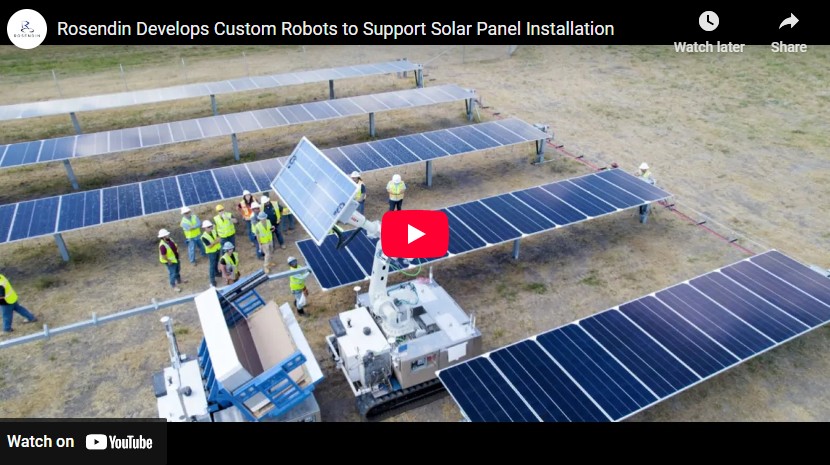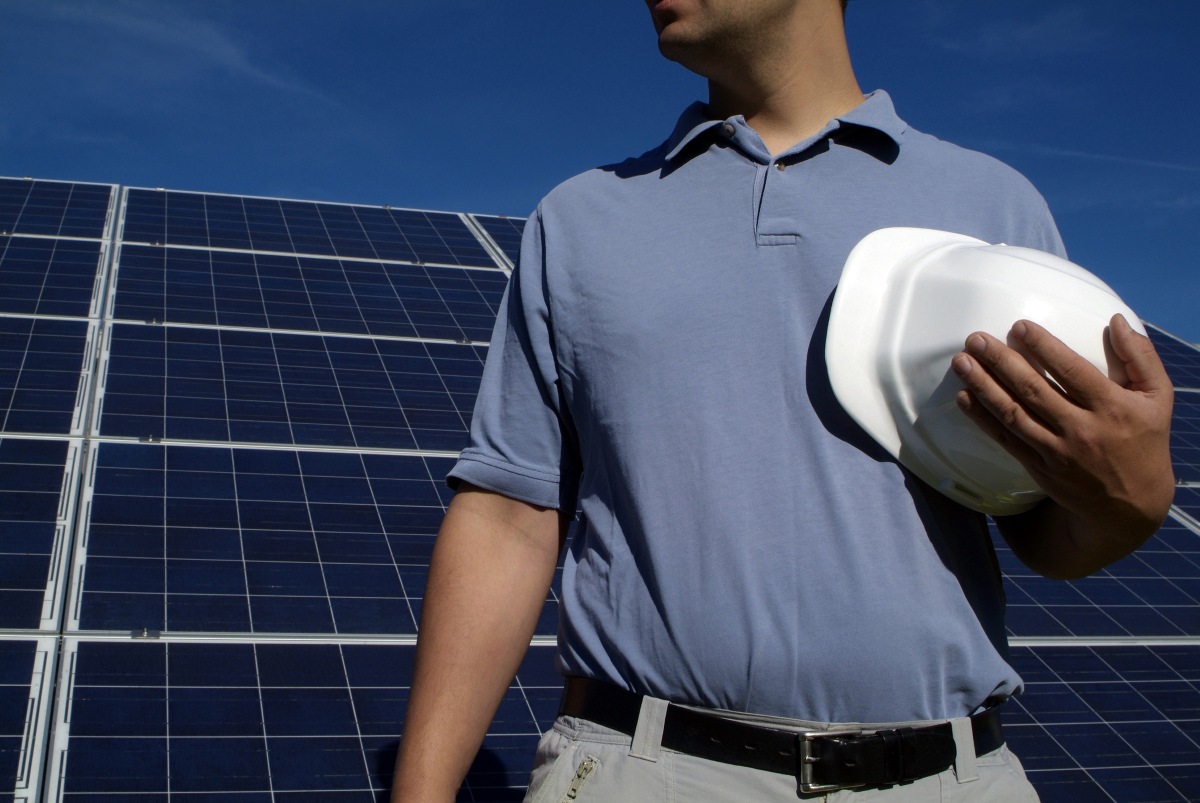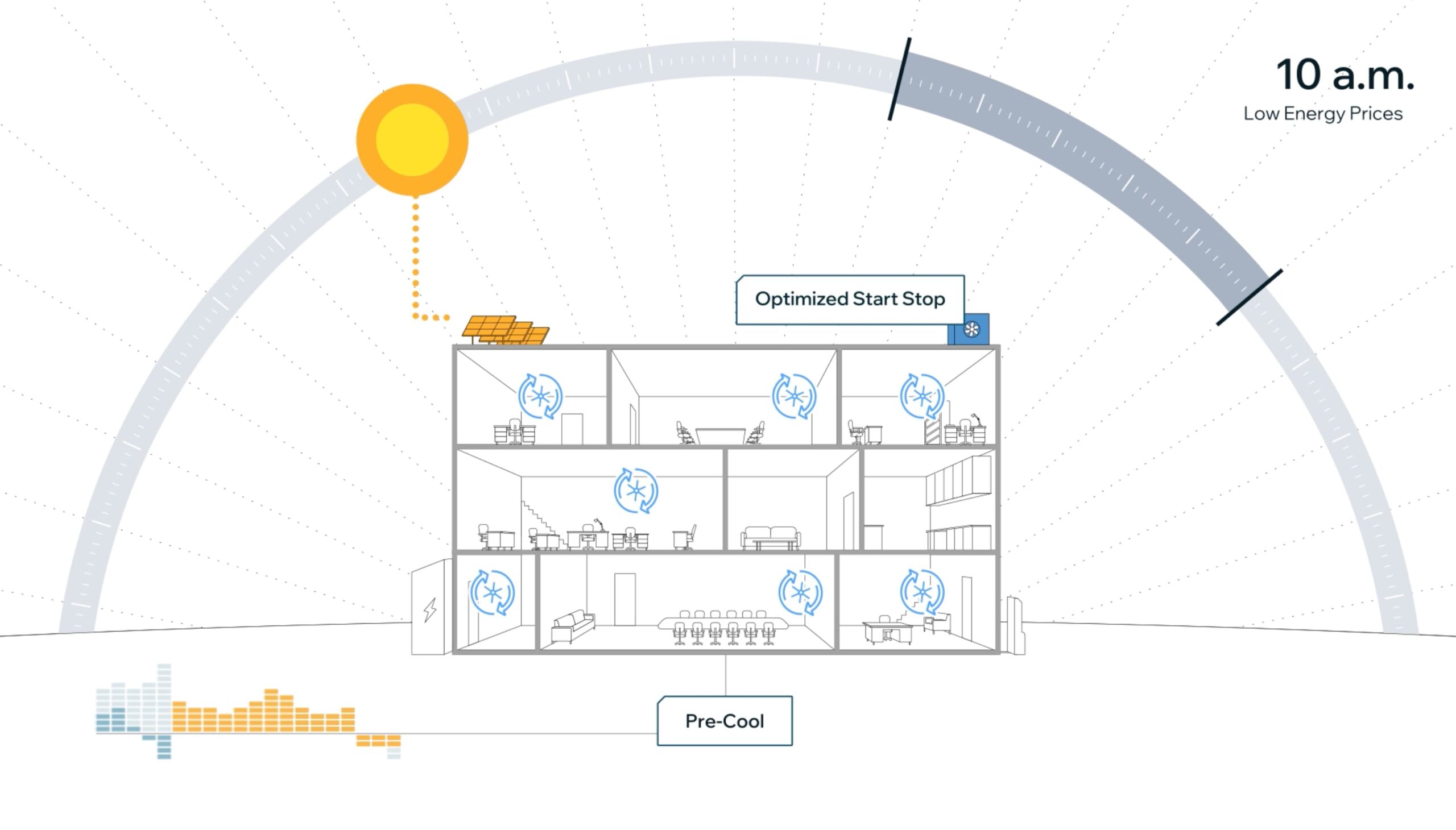Array Technologies Applies Lessons from the Wind Industry to the Solar Sector
Next, Array will be focusing on growing and expanding its international base. “Currently, we have systems in 20 countries and an office in Chile where systems are currently being installed,” Conroy says.
Many countries are recognizing the benefits of solar, which include no emissions, no fuel cost and a known power price for 20 years, and many are pursuing it. Electricity demand is growing rapidly in many international countries, which is a positive market dynamic the United States doesn’t currently enjoy.
“Looking at the number of people worldwide without access to electricity, many, including me, are intrigued by the fact that solar can go in as a rapid and low-cost electricity solution in remote places,” Conroy explains. “It sidesteps the debate about centralized plants as a distribution structure, which are long-term and high investment propositions. Installing solar panels and controls allows remote areas to be electrified in a relatively short period of time. Bringing populations into the 21st century is one of the largest impacts on the standard of living that we can make, and I hope we can participate in this area as we move forward.”
The economics of solar haven’t proven that investing in solar generation is the most cost-effective solution for countries all over the world just yet, but Conroy is looking hard at Array’s international strategy as the markets unfold to support more international demands.
“The future for solar is overwhelmingly positive because the industry has done such a great job reducing LCOE costs,” Conroy says. “We’ve ridden a downward cost curve of 10 percent per year for the last four years and 75 percent per year over the last 10 years — that’s incredibly steep. All other electricity-generating technologies requiring fuel rise in cost at the rate of inflation as a general rule. We are looking at a convergence and crossover point for renewables’ LCOEs compared to traditional generation technologies. If solar can continue on the cost reduction curve that we’re on, the future couldn’t be brighter.”




